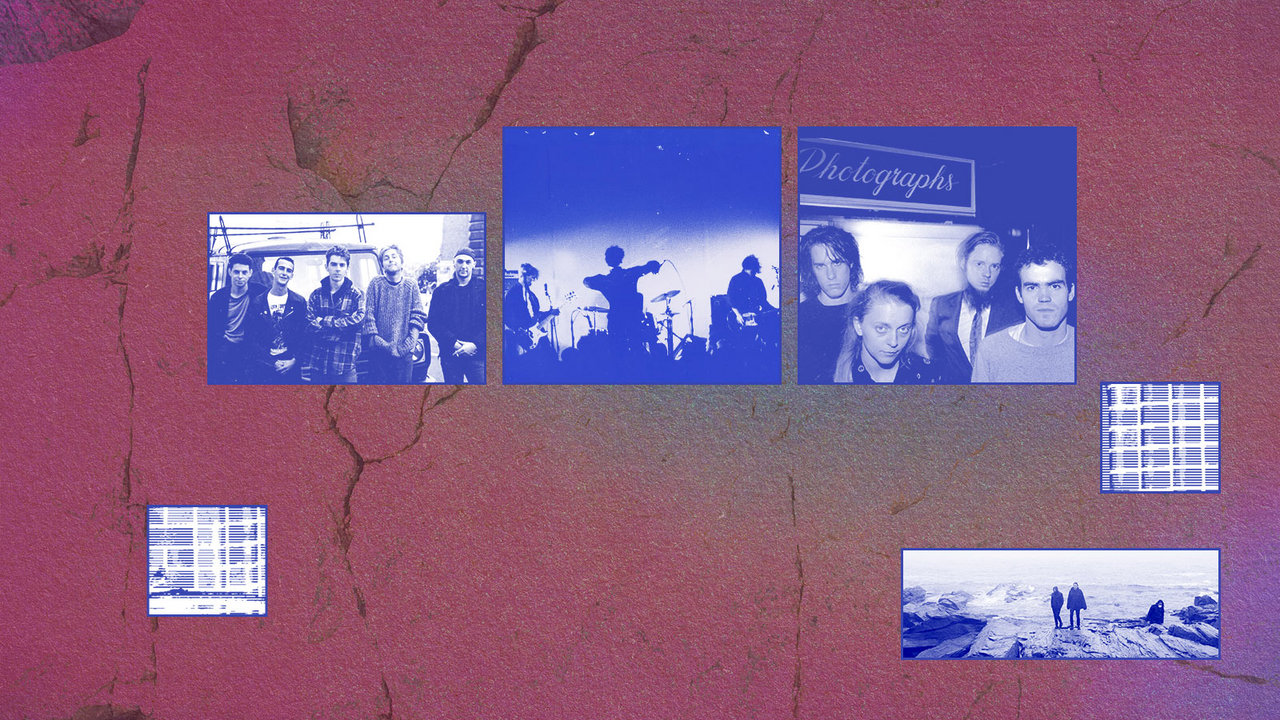
If Mark Tester’s upcoming exploratory electronic solo album Oblivion Rhythms Revisited were your first encounter with the Indianapolis-based musician, you might be surprised to learn that some of his earliest recordings were with the garage, psych, and, eventually, experimental band Burnt Ones. Set to be released on Portland imprint Moon Glyph Records, Oblivion Rhythms Revisited reveals Tester as a playful and adventurous voice, willing to eschew classic songwriting in the pursuit of tone, mood, and atmosphere. His journey to synthesist, improviser, and engineer from rock songwriter is pronounced, but curiosity has always been in Tester’s DNA. His first performances and experiences in music were as a young teenager DJing techno throughout the Midwest, traveling around nearby states to play underground raves, before falling in love with hardcore and then establishing his first serious band, Burnt Ones, at the beginning of the 2010s.
In many ways, Burnt Ones was an exercise in serendipity. “For the most part, things would just come our way,” Tester says. Burnt Ones began in Indianapolis but moved to San Francisco in the Summer of 2010, at the height of the city’s garage rock scene. “We were attracting attention in a way that seemed unique.” Before the move, Burnt Ones—originally a four-piece with drummer Amy Crouch, bassist Brian Allen, and synthesist/guitarist Landon Caldwell—had been a minimal affair, interested in crafting the simplest, poppiest earworms. Their relocation put them in proximity to contemporaries like Thee Oh Sees, Ty Segall, White Fence, and Sic Alps. They were welcomed with open arms and quickly attracted a following. Their second Bay Area show was opening for Pierced Arrows, the legendary garage three-piece created in the wake of husband and wife Fred & Toody Cole’s foundational trio Dead Moon. Burnt Ones ended up releasing full-lengths on garage and psych rock mainstay Castle Face Records.
After a brief tenure in Los Angeles, Tester returned to Indianapolis in March 2016, where he still resides. In his home city, he’s made a name for himself as an experimental musician, improviser, and booker for beloved venue and bar State Street Pub. These days he plays in various configurations and projects, from his duo with Caldwell, to Kraut-esque outfit The MK-II, to free-form, free jazz contingent Crazy Doberman, to releasing music under his own name. He mentions that more recent compositions are created like a painting, embodying chance and mood with an impressionistic approach. “It’s a bit of a cliche,” he says. “But I like being an antenna, a conduit for whatever sounds I hear.”
With such a varied output, it’s impossible not to imagine Tester being guided by such an ethos all along. Here are some records to prove it.
Burnt Ones
Black Teeth & Golden Tongues
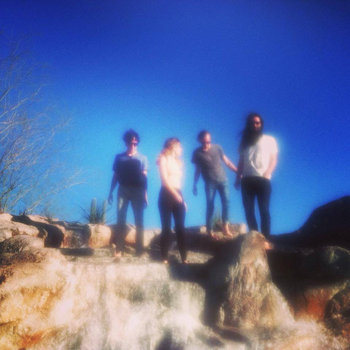
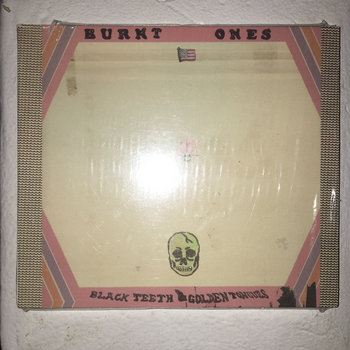

Compact Disc (CD)

Burnt Ones’s first album is their simplest, consisting of shorter songs with bubblegum melodies. Tester’s voice resembles a Midwestern Marc Bolan riding a fuzzed-out guitar. The comparison is crystallized on the glammy, swaggering second track “Sunset Hill,” its high harmony choir rounding out the instrumentation. Album highlight “Never Gonna Die” is the longest on the record as well as the most steadfast and trance-inducing, in the vein of Bardo Pond with a more minimal beat than on the kinetic early numbers. Noisy guitars and howls slowly meander into the song before fading away.
Last Draft In Different Rooms
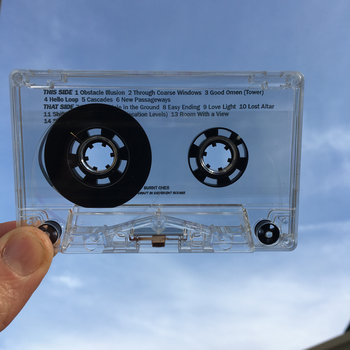


Cassette



“We became more ambitious in the studio,” says Tester of Burnt Ones’s final album, 2018’s Last Draft In Different Rooms. “Even people who liked this one were kind of shocked.” The weirdest Burnt Ones release, Last Draft In Different Rooms was created after Tester moved back to Indiana and began migrating to more experimental territories. Collage and tape manipulation are major components, as are synthesizers. Songs like the gorgeous “Cascades” start in the musique concrete realm before Tester’s croon transforms it into a galactic ballad; it then drops into a gentle synth and guitar outro. While there are occasional nods to pop songwriting, the sheen of earlier Burnt Ones has fallen away, paving the way for more adventurous methods of sonic storytelling.
Mark Tester
Never Mind


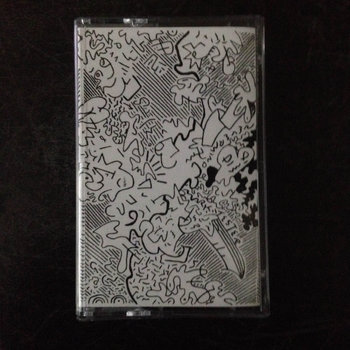
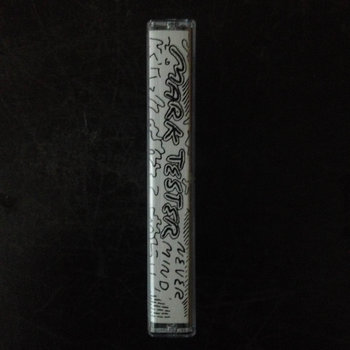

Cassette



Tester began experimenting with crafting “little bits of sound” during his final months in San Francisco, in advance of his move to Los Angeles. “I wanted to make music for my listening, not because it’s good, but comfortable—something that could be in the background of the show,” Tester says. The 24 pieces on Never Mind are intuitive synth investigations that ride the line between ambient music and experimental electronics. Some, like “Subdivision DJs,” use a drum machine to encourage head bobbing right before a 40-second noise piece, “Bloose,” cuts in. There are many different styles of electronic music here, and on it all, you can hear Tester’s joy.
Caldwell/Tester
Little Flower



Cassette

By the time of these recordings in 2017-2019, Tester was thoroughly embedded in experimental music, but still working with Caldwell, who had moved back to Indianapolis about a year before Tester. “We’ve maintained a steady path of collaboration from the moment we started to [collaborate],” Tester says. “Musically, we are really in tune with one another.” An evocative collection of electro-acoustic music with krautrock leanings, Little Flower was created on three Sundays in three different Aprils over three subsequent years. The music is melodic and bright, largely thanks to Tester’s synth: the legendary ARP Odyssey. Its melodies move in and around a piano on opener “Sunday Piano,” while they dart alongside bass guitar on “House of Phase.” Other songs are more texturally and timbrally-oriented, like closer “The Alarm,” which starts with an excited, skittering piano before being throttled by synthesizer noise.
Crazy Doberman
Hypnagogic Relapse And Other Penumbral Phenomena


Crazy Doberman is the project of Richmond-via-Indiana freaks Tim Gick and Drew Davis, but their recordings frequently feature a rotating cast of contributors. On Hypnagogic Relapse And Other Penumbral Phenomena, Tester plays synthesizers, flute, and percussion, and he also engineered the record. The album begins with the tense, industrial-leaning “Hypnagogic Relapse,” but is overall a varied collection with more starkly beautiful compositions a la “Distant Bells” balanced by noisy, pummeling pieces like “The Opening and Closing of the Tinctures.” This album was recorded at “A Space,” a community recording studio of sorts in the middle of a strip mall in Indianaplis put together by Tester, Landon Caldwell, John Dawson of Magnetic South & Thee Open Sex, and Sharlene Birdsong of Thee Tsunamis, White Moms, and Service. “We would be in there for, like, three days,” Tester explains. “Doing like 12 hour stretches of completely improvised recording.” Afterwards, Davis and Gick culled through the material, and edited it together, and came up with the eight tracks that make up Hypnagogic Relapse .
Mark Tester
Oblivion Rhythms Revisited

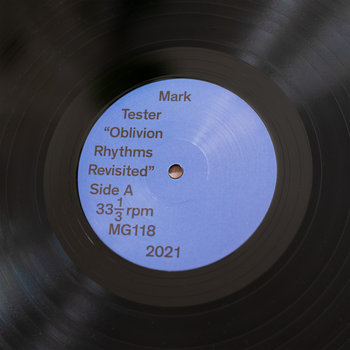



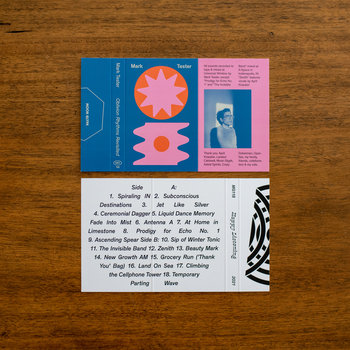
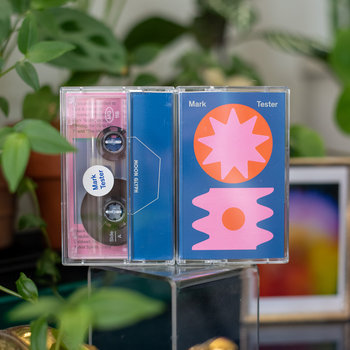

Vinyl LP, Cassette




Like Never Mind, Tester’s debut solo LP Oblivion Rhythms Revisited has many songs—this time eighteen, often short ones—albeit with higher production value. Tester, too, sounds more assured of his playing, composition, and technical skill. Songs like “Jet Like Silver,” which clocks in at barely over a minute, cover a lot of ground; melodically rich and percussively compulsive, the song is quick, catchy, and stirring. Others, like “Liquid Dance Memory Fade Into Mist,” use minimalist techniques to fill the space, drawing the listener in and out of a cascading series of melodies as rhythm fades in and out.




